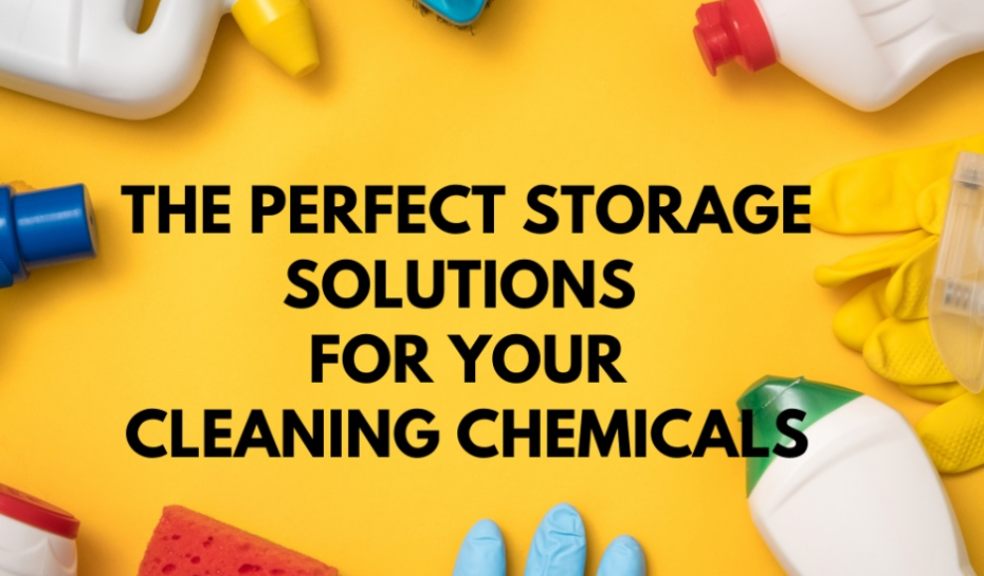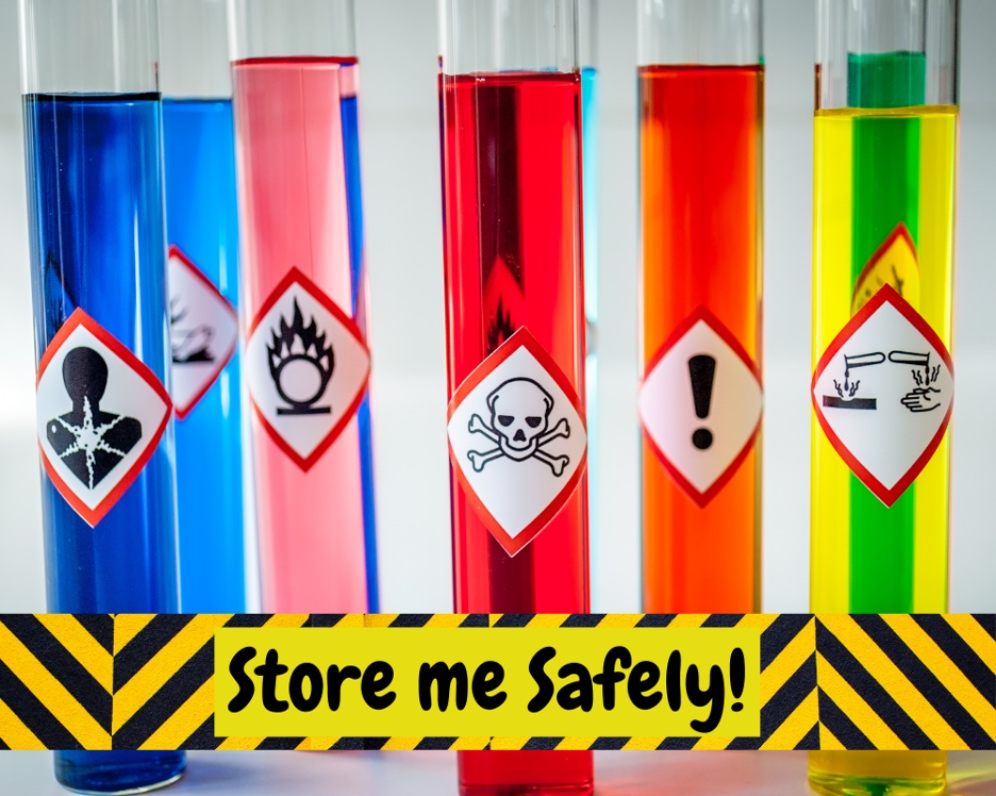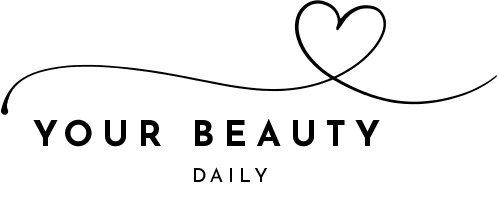
The Perfect Storage Solutions for Your Cleaning Chemicals
Continual exposure to harmful compounds can cause skin issues like irritation, burning, and allergies. Are you exposed to these toxic solvents? If you are a chemist or work in any chemical industry, you may encounter hazardous substances daily. Although you may not be a part of the synthetic world, you may still be exposed to irritating compounds while cleaning your kitchen and bathroom. However, the professional staff of GB Cleaning Services are exposed to various irritating substances daily to meet the needs of their end consumer. Such employees should adopt critical measures to avoid unwanted consequences.
Improper storage can lead to spills and accidents. Do you know what the hazards of various types of chemicals are? Many types of cleaning materials can cause harm. For instance, asphyxiants like carbon monoxide and cyanide can deprive you of oxygen. A wide range of corrosives, sensitisers, and irritants, such as sulfuric acid, chlorine, and chromic acid, can cause localized and systemic allergic reactions.
Furthermore, carcinogens such as formaldehyde can alter DNA structure. Similarly, reactive and flammable like nitric acid, methanol, and acetone can cause ignition and explosions. The following guidelines will provide you with the perfect storage solutions for your cleaning liquids.
You will find instructions, precautions, and tips on keeping your storage areas safe.
Guidelines for Storing Cleaning Chemicals
Scrubbing liquids and solids should be placed carefully in an ordered manner. You may have them correctly stored already, but have you organised them appropriately? Before discussing the handling of these synthetic materials, you should consider the following guidelines as part of the storage program.
Appropriate Labelling
Correct tagging of containers is crucial for accurately identifying reagents. Following applying cleaning substances, placing them in the right place is equally significant. Bottles that are not adequately tagged, however, may cause serious problems. Therefore, you should separate high-risk substances from moderate to low-risk liquids. Moreover, you can also categorize the section into different divisions and label them with symbols indicating relative hazards—for example,
|
Label |
Indication |
|
Caution |
Relatively safe materials. Nevertheless, use with caution. |
|
Warning |
For moderately toxic ones. |
|
Danger |
For highly toxic or dangerous ones. |
Using Original Packaging
Make sure you always use original containers. Transferring toxic liquids from one bottle to another can result in spills and accidents. It can also lead to incorrect labeling and confusion while opting for the particular solvent from the storage. Moreover, if you have not cleaned the container properly or poured another one into it, it might cause unwanted reactions. So, you must keep your cleaning materials in the designated bottles for easy identification and use.
Training Staff
Maintaining a safe working environment requires extensive training of the staff. For this purpose, you should conduct adequate training programs in your company where all staff members are encouraged to participate. These workshops must include educating personnel about the basics of these complex compounds, their properties, possible interaction, reactions, and possible harms. Also, knowledge about dangers that they can cause either through direct or indirect exposure.
Recording Data
It is critical to maintaining a proper record of hazards associated with these cleaning solvents and related information on handling and managing emergencies. To comply with this requirement, you should complete an MSDS Material Safety Data Sheet. You should include every cleanser, as well as its toxicity and storage location, on this sheet. Keep this file in a place that is accessible to all staff members. Moreover, regularly updating the record will significantly reduce the risk of errors and accidents.

Create the Perfect Storage Area
The creation of the perfect storage area follows the recommendations offered by the chemical storage program. Key considerations include location, space allocation, infrastructure, and equipment. So, what are the best storage facilities?
Storage Premises
If you intend to store several bottles safely, make sure the storage area has shelves or cabinets of the appropriate size, such as these specially designed units seen here. Keep in mind not to overcrowd the space and carefully utilize space allocation. Make sure to place bottles at a sufficient distance apart. Moreover, don’t forget to label each container and the cabinet accommodating cleansers of similar nature or level of toxicity. Keep in mind that the shelves are at sufficient height for easy access. In addition, you can place the MSDS folder in these cabinets or on the shelves.
Storage Conditions
A storage area should be in a location that avoids fluctuations in the surrounding environment. A favorable storage condition for almost all washing materials is a cool, dry place, away from direct sunlight and heat. Moreover, keep the cleansing materials in cabinets or on shelves constructed in a suitable room. Also, avoid exposing these toxic substances to UV light.
Proper ventilation of the storage area is another critical parameter to consider. Adequate ventilation will help the fumes escape and dilute the chemically concentrated air of the storage room.
Dimensions of Storage
It is crucial to place these materials at an appropriate height, usually at or below eye level. In other words, avoid placing toxic substances at a level that is hard to reach as it will increase the risk of spills on you. You should also not keep harmful liquids on the floor either temporarily or permanently. It is because spillage, in that case, will harm not only the personnel but also the flooring.
Storage Precautions
● Organise and clean your storage area.
● Cleansing products should always be kept in the correct place. Do not leave toxic liquids on the floor or working stations.
● Keep various harmful fluids at an adequate distance apart. For example, separately store flammables from the non-flammables.
● Use color codes to indicate the type of solvents and associated harm.
● You can also use symbols to describe the hazards of these solvents.
● Carefully observe and inspect the containers for any leaks and damages.
● Do not overcrowd the storage cabinets and shelves.
● Properly maintain the record of these materials.
● Make sure to tightly close each container after use and place them under accurate storage conditions.
● Wear protective clothing, goggles, gloves, and face masks to avoid direct exposure to chemicals.
● Properly dispense and dispose of these harmful solvents.
FAQs
What type of Chemicals Need Proper Storage?
Since cleansing products have particular functional groups in their structure, they can cause chemical reactions. Therefore, each type of material needs proper storage. Home cleaners such as bleach, fabric softeners, polishers, detergents, conditioners, and dishwasher tablets need careful storage. Similarly, industrial cleaners like acids, alkalis, degreasers, and disinfectants also require appropriate storage conditions to ensure safety.
Where Should You Store Cleaning Materials?
You should store these materials in the right place and under proper conditions. Labeling, organization, space allocation, and documentation are crucial considerations to keep in mind. Following these critical parameters will minimize the risk of hazards and dangers caused by spillage and exposure to these potent compounds.
Conclusion
Whether you are handling cleaning compounds at home or in the industry, carefully storing is always a concern. Doubtlessly, proper storage of cleaning substances is a real challenge. As we all know that inappropriately keeping toxic solvents can lead to severe consequences. Therefore, following the guidelines and precautions of storing these materials mentioned above will help minimise the risk of spills and accidents.

















